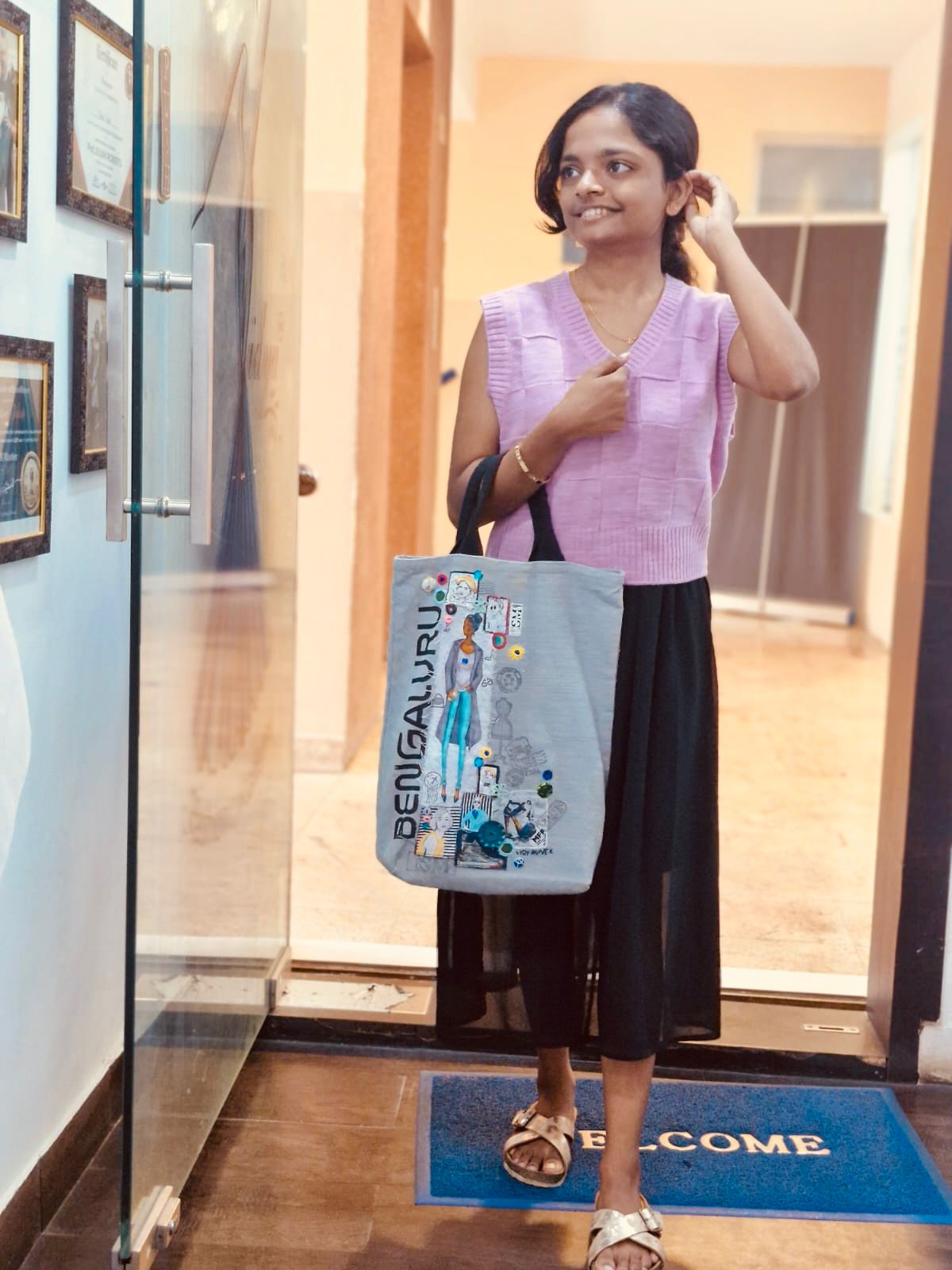Contact : +90604 47745
Fashion designing is a dynamic and creative field that revolves around the conception and creation of clothing, accessories, and footwear. It combines art, culture, and technology, reflecting societal trends while also influencing them. As a multifaceted profession, fashion designing encompasses various aspects, including sketching, fabric selection, sewing techniques, and marketing, making it a diverse and exciting career choice.
At its core, fashion design is about creating garments that not only look good but also serve a purpose. Designers draw inspiration from various sources, such as art, history, nature, and social movements. This creative process often begins with brainstorming ideas and sketching initial concepts, which are then developed into more detailed designs. The ability to translate creative thoughts into tangible garments is a crucial skill for fashion designers.
One of the essential components of fashion designing is understanding fabrics and textiles. Designers must be knowledgeable about different materials, their properties, and how they behave when worn. This understanding allows designers to select the appropriate fabrics for their designs, ensuring that the final product is not only aesthetically pleasing but also functional and comfortable. Additionally, a deep appreciation for color theory and its impact on design is vital, as colors can evoke emotions and influence consumer behavior.
Sewing and construction techniques are another critical aspect of fashion designing. Designers must possess a strong foundation in garment construction to create high-quality pieces. This includes knowledge of patterns, stitching methods, and fitting processes. Many fashion designers begin their careers as seamstresses or pattern makers, gaining hands-on experience before moving on to more creative roles.
In recent years, sustainability has become an increasingly important topic within the fashion industry. Designers are now challenged to create collections that are not only stylish but also environmentally friendly. This has led to a rise in the use of sustainable materials, ethical production practices, and a focus on reducing waste. Many designers are now adopting a circular fashion approach, which emphasizes recycling and upcycling materials to create new garments.
The fashion industry is also heavily influenced by technology. Innovations such as 3D printing, virtual reality, and artificial intelligence are transforming how designers create and market their work. For instance, 3D printing allows for rapid prototyping of designs, enabling designers to experiment with shapes and structures that would be difficult to achieve through traditional methods. Additionally, social media platforms have become powerful tools for fashion designers to showcase their work, connect with audiences, and build personal brands.
Fashion designers often work in various settings, including fashion houses, clothing manufacturers, and retail companies. Many also choose to work independently, launching their own brands. Regardless of the path taken, successful fashion designers must have strong business acumen, as understanding market trends, consumer behavior, and brand development is essential for sustaining a fashion label.
